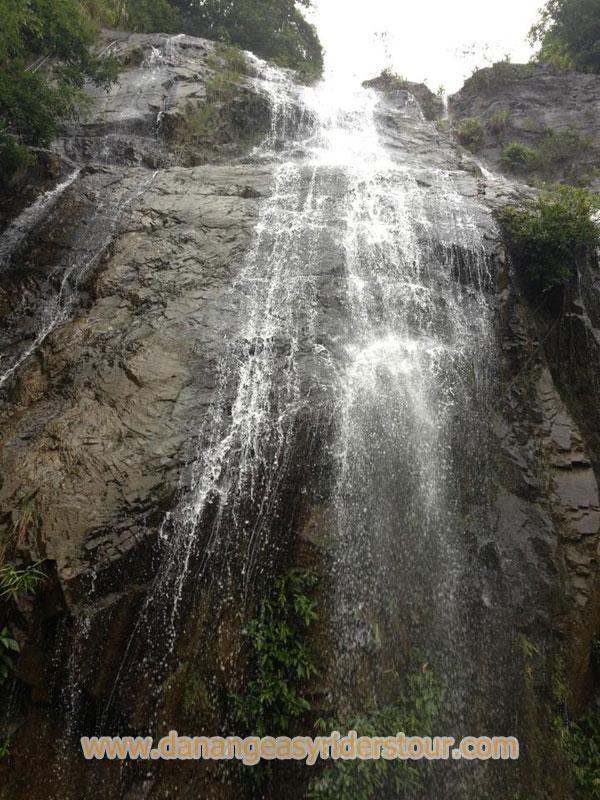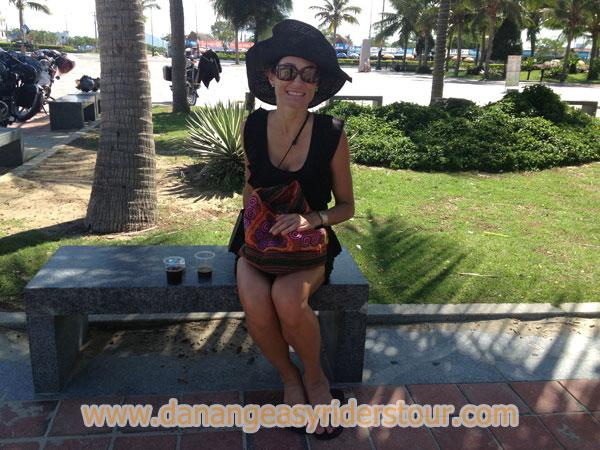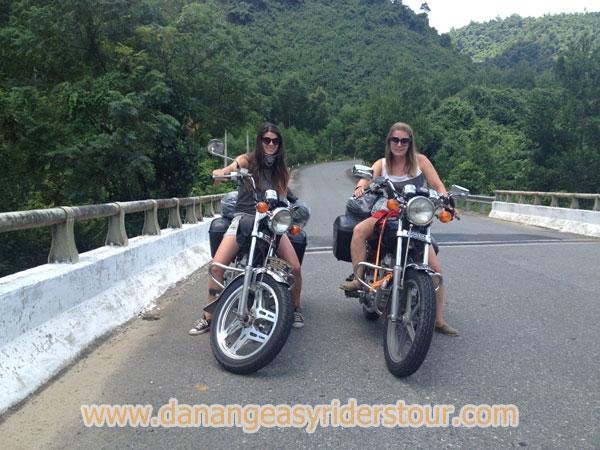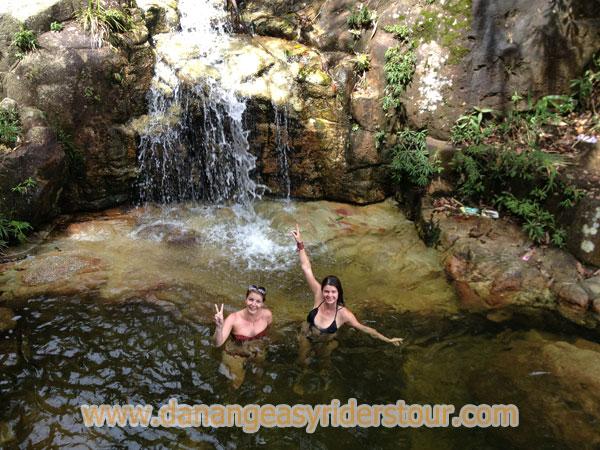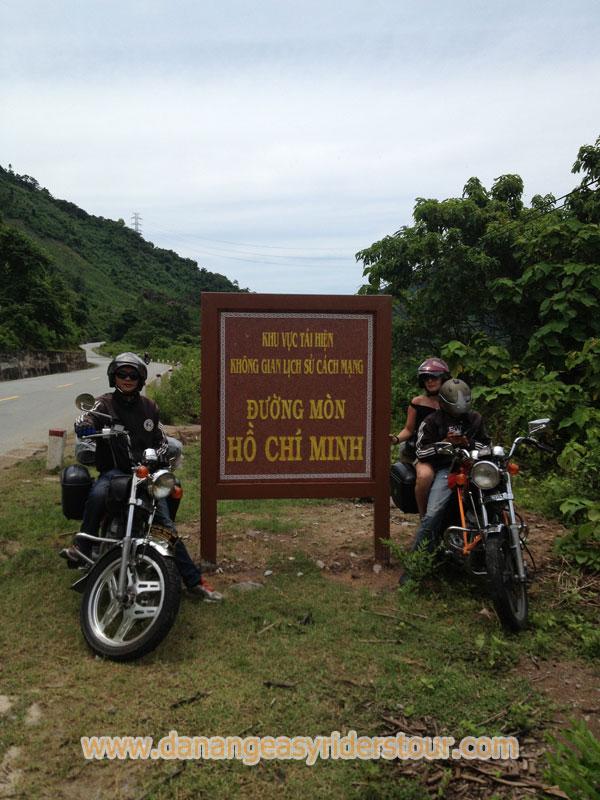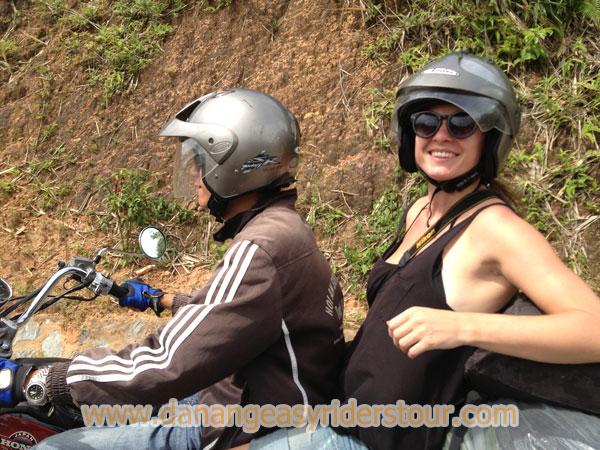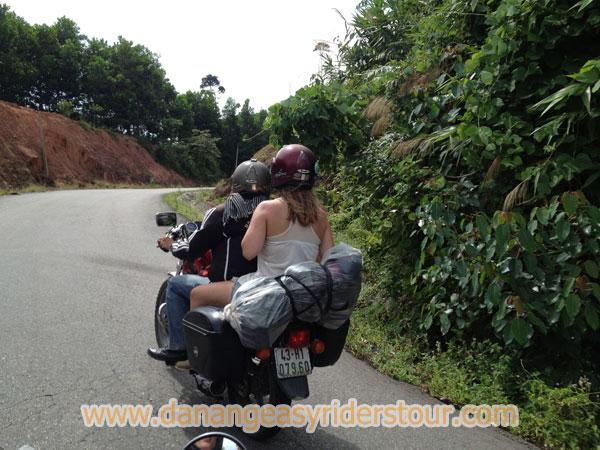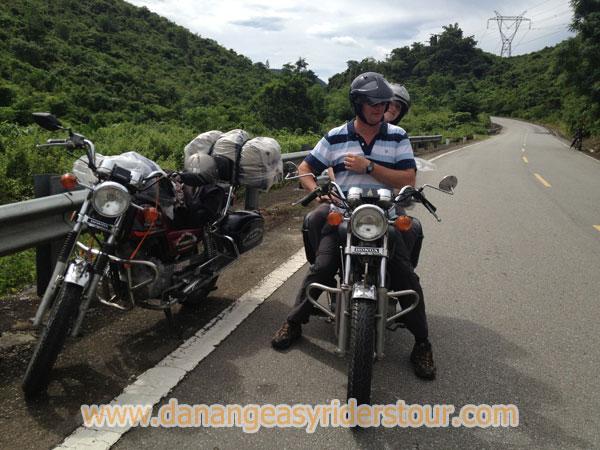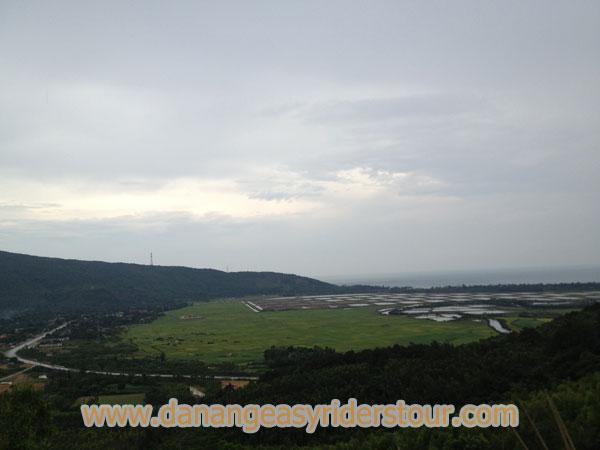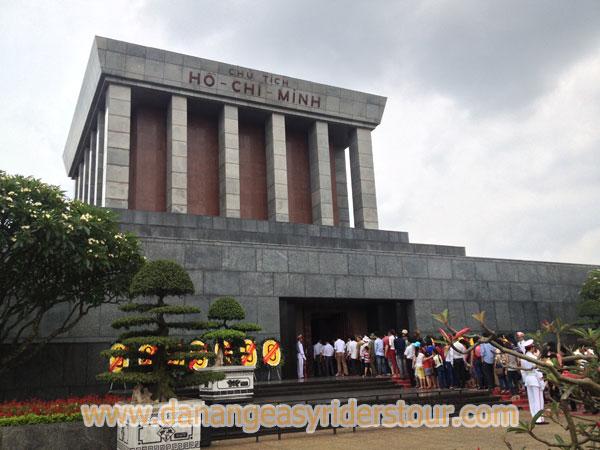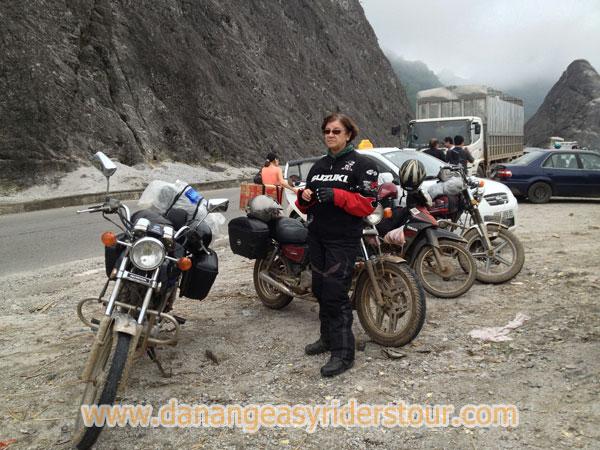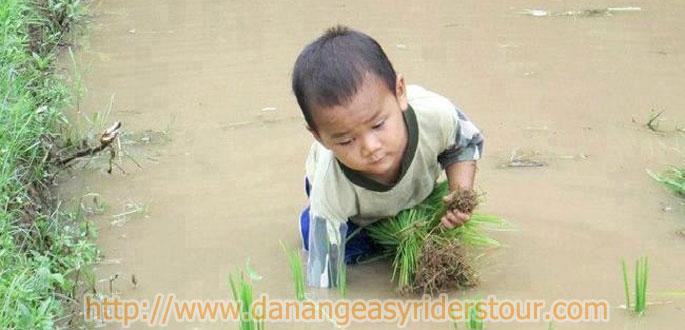
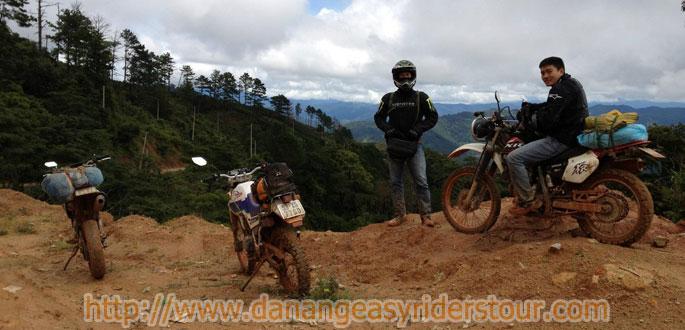
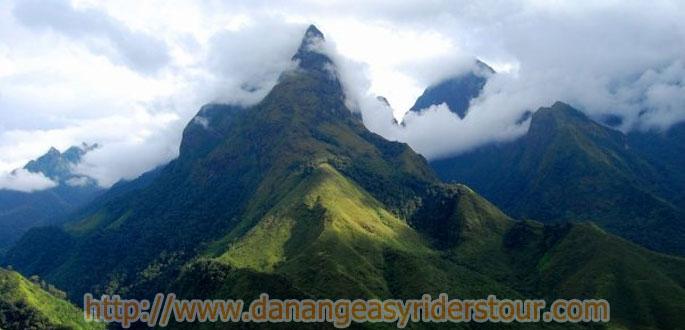
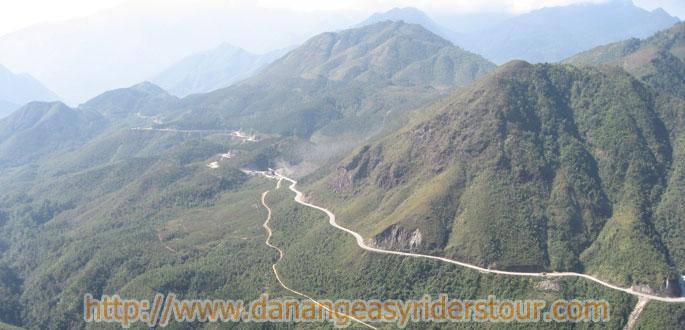





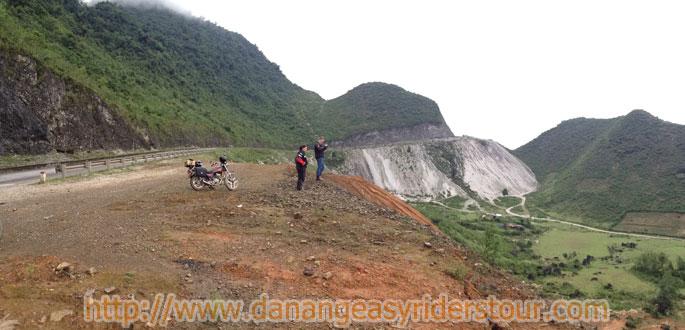
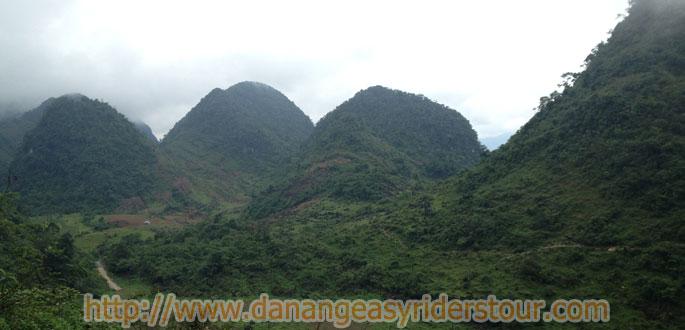
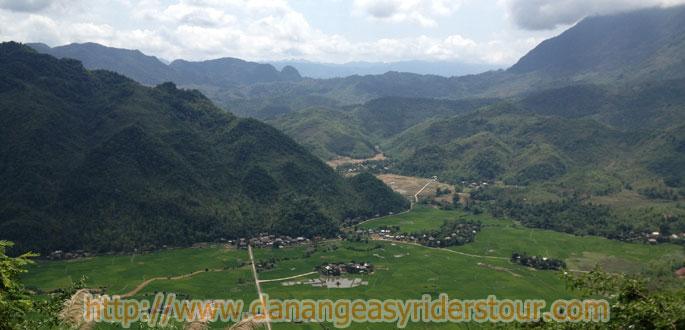
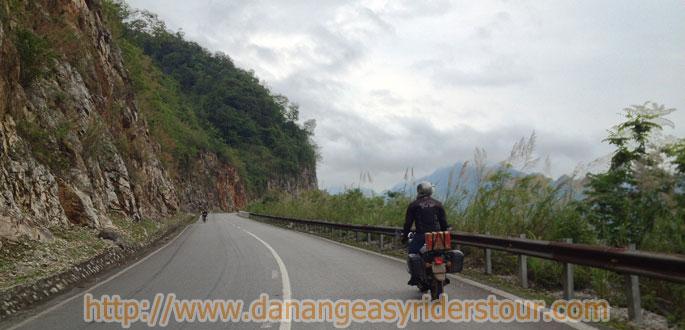
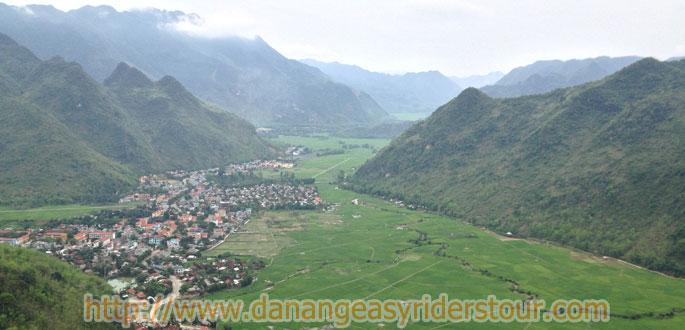

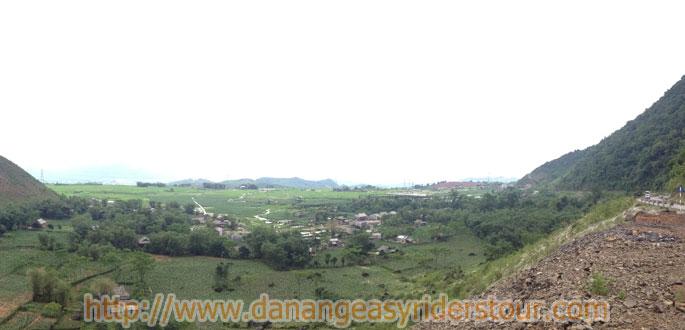
|
Heritage
Phong Nha Cave
The complex karst formations stretching throughout the surrounding Ke Bang National Park were formed approximately 400 million years ago, making them the oldest in Asia. Part of this system, Nha Cave (675 110; admission 30, 000d, charter boat 100, 000d; 7am-4pm) is the largest and most beautiful cave in Vietnam. Located in the village of Son Trach, 55km northwest of Dong Hoi, it was designated a Unesco World Heritage site in 2003. It`s remarkable for its thousands of metres of underground passageways and river caves filled with abundant stalactites and stalagmites. In November and December the river is prone to flooding and the underground cave may be closed. Phong Nha means Cave of Teeth, but, unfortunately, the `teeth` (or stalagmites) that were by the entrance are no longer there. Once you get further into the cave, it`s mostly unspoiled. In 1990 a British expedition explored 35km of the cave and made the first reliable map of the underground (and underwater) passageways. They discovered that the main cavern is nearly 8km long, with 14 other caves nearby.
Tien Son Cave (675 110; admission 20, 000d; 7am-4pm) is a dry cave in the mountainside just above Phong Nha Cave. You can walk to it from the entrance to Phong Nha Cave (10 minutes) – look for the sign at the foot of the stairs.
The Chams used the cave`s grottoes as Hindu sanctuaries in the 9th and 10th centuries; the remains of their altars and inscriptions are still here. Vietnamese Buddhists continue to venerate these sanctuaries, as they do other Cham religious sites.
You should be aware that Phong Nha is heavily visited by Vietnamese groups. The cave itself is fantastic, the experience less so. That is, unless you like your World Heritage sites to incorporate litter, noise, people climbing on stalagmites and cigarette smoke in confined spaces. Of course these things are prohibited, but enforcement is lax to say the least. Presumably these distractions can be avoided if you arrive early in the morning. The toilets might be less putrid then, too. Go Back
|


.jpg)




